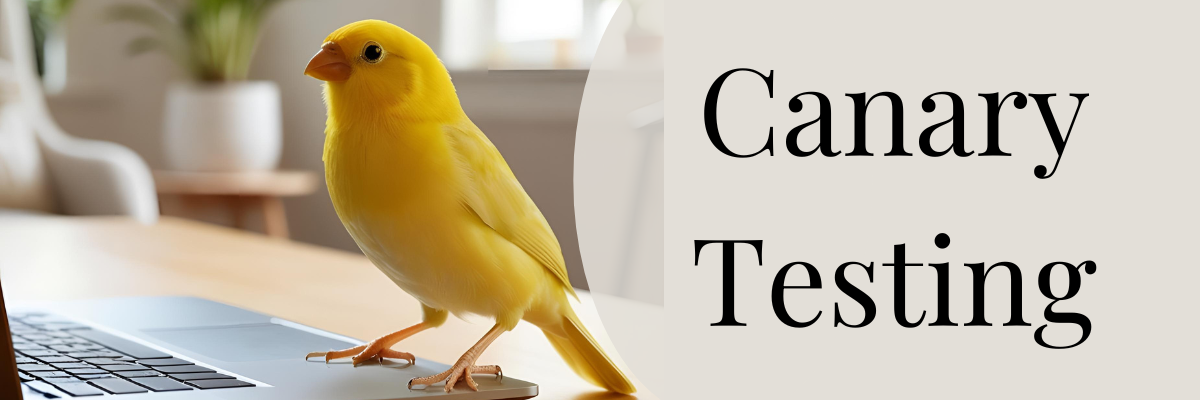In the world of project management, mitigating risks stands as a linchpin for success. Both Agile and Waterfall methodologies offer distinct approaches to managing these uncertainties, each with its unique strategies, strengths, and potential pitfalls.
Risk Management Approach
Waterfall:
The Waterfall methodology adopts a sequential, linear approach, where risk management largely occurs upfront during the planning phase. Comprehensive documentation and risk analysis precede project execution, aiming to anticipate and mitigate potential issues before they materialize.
Agile:
Agile methodology, in contrast, embeds risk management into every phase of the project. Its iterative nature facilitates continuous reassessment and adaptation to emerging risks, fostering a proactive response mechanism throughout the project lifecycle.
Handling Risks: Pros and Cons
Waterfall:
Pros:
- Comprehensive Planning: Rigorous upfront planning allows for in-depth risk identification and mitigation strategies.
- Clear Accountability: Defined phases offer a structured approach, aiding in clear risk ownership.
Cons:
- Limited Flexibility: Changes mid-project can be challenging, potentially amplifying the impact of unforeseen risks.
- Inability to Adapt: Difficulty in accommodating evolving risks without disrupting the established flow.
Agile:
Pros:
- Continuous Adaptation: Agile’s iterative cycles facilitate ongoing risk reassessment, enabling swift adaptation to changing circumstances.
- Flexibility: Agile’s adaptive nature allows for seamless integration of changes, reducing the impact of certain risks.
Cons:
- Potential Oversight: Rapid iterations might overlook certain risks or introduce new ones if not rigorously monitored.
- Scope Creep: Frequent changes, if not managed effectively, can lead to scope creep and increased risk exposure.
Managing Risks: Common Pitfalls
Waterfall:
- Rigid Planning: Being overly committed to the initial plan might hinder proactive risk response.
- Lack of Reassessment: Inadequate reassessment of risks throughout the project lifecycle can result in overlooked vulnerabilities.
Agile:
- Incomplete Risk Assessment: Overemphasis on adaptability might lead to overlooking critical risks due to less upfront planning.
- Uncontrolled Changes: Failure to evaluate and control changes can lead to unforeseen risks or scope creep.
Striking the Balance for Effective Risk Management
While both methodologies offer distinctive risk management approaches, a hybrid model that combines the strengths of both can yield optimal results. Integrating Waterfall’s meticulous planning with Agile’s adaptive nature allows for comprehensive risk identification and flexible responses to evolving project landscapes.
Project managers must prioritize continuous risk assessment and adaptability while maintaining a structured framework to manage uncertainties effectively. Embracing a hybrid approach empowers teams to navigate uncertainties proactively, responding to risks dynamically without compromising on strategic planning.
In the dynamic project management arena, the success of risk management lies in finding the delicate equilibrium between structured planning and adaptive execution. By leveraging the best of both methodologies, project teams can chart a course that minimizes uncertainties and maximizes project success.

Is Your Project More of a Dumpster Fire?
Read Our Guide to Putting Out the Flames!





